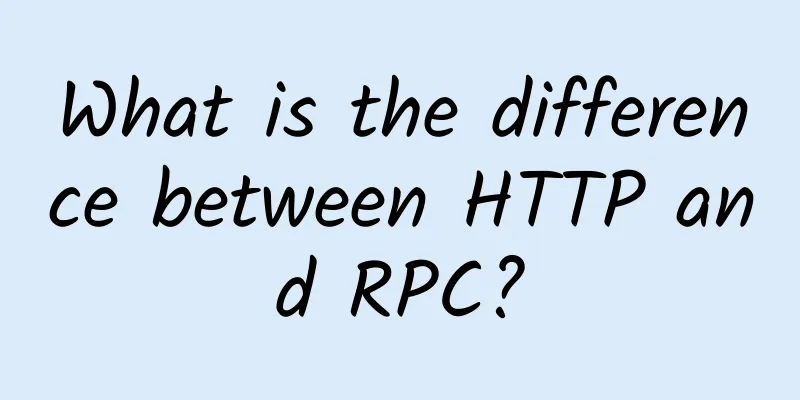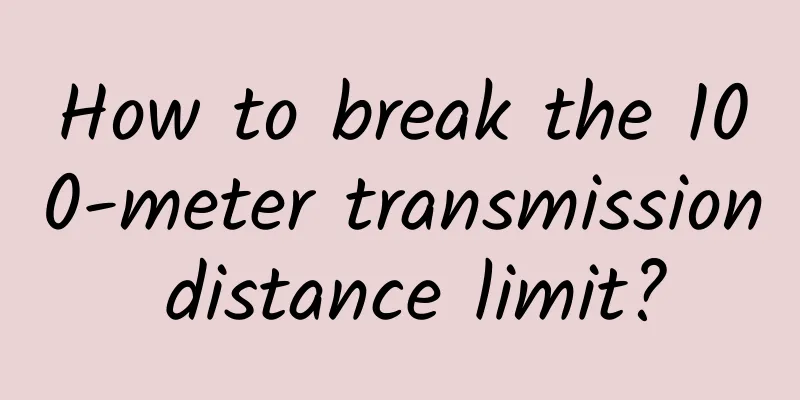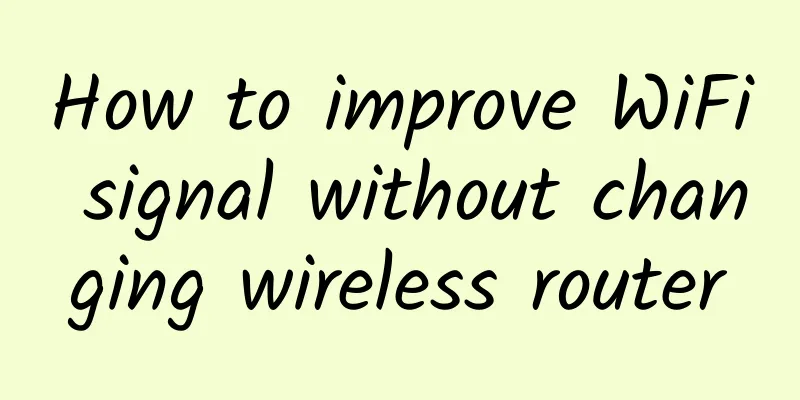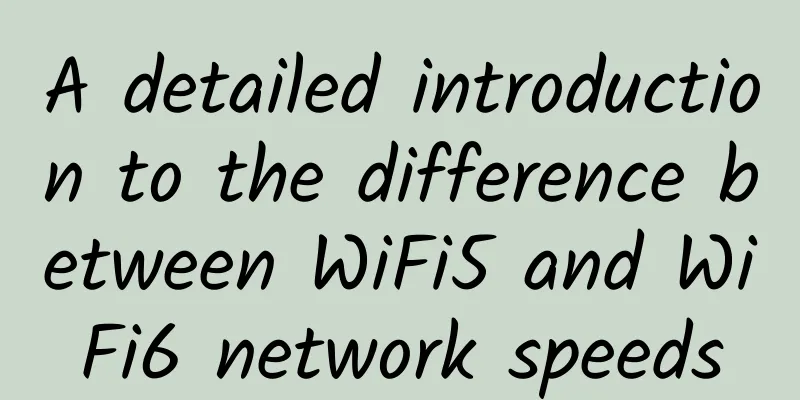What is the difference between HTTP and RPC?

|
HTTP (Hyper Text Transfer Protocol), also known as Hypertext Transfer Protocol, is an application layer protocol used to exchange data between web browsers and web servers. Through HTTP, web browsers can send requests to web servers and get responses, thereby accessing and transmitting web pages. HTTP uses TCP as the transport layer protocol and adopts a request-response model for communication. RPC (Remote Procedure Call), also known as remote procedure call, allows the client to call an object on a remote computer without knowing the details of the call, just like calling an object in a local application. The RPC calling protocol usually includes a transmission protocol and a serialization protocol. RPC is not a specific protocol, but a calling method. It has no specific implementation. As long as the framework is implemented according to the RPC communication protocol specification, it belongs to RPC, such as Dubbo, gRPC, etc. Overall, there are five main differences between HTTP and RPC: 1. Based on different communication protocols, HTTP can only be based on HTTP protocol, while RPC can be based on HTTP, TCP and UDP protocols. 2. The calling methods are different. The HTTP interface is called through a URL, and the RPC interface is called through a function call. 3. Different usage scenarios. HTTP is mainly used in B/S architecture and is the basis of data communication on the World Wide Web. It serves the data transmission between the web page and the server. RPC is more used in C/S architecture and is mostly used in the internal clusters of distributed systems, such as cloud computing, microservice architecture, distributed databases, etc. It can make remote calls between different services, thereby realizing the collaboration of distributed systems. 4. In terms of transmission efficiency, RPC uses a custom TCP protocol, and the request message size is smaller, which can effectively reduce the message size and improve transmission efficiency. However, HTTP requests contain a lot of useless content. 5. In terms of performance, the RPC protocol usually uses binary encoding to transmit data. Compared with the text transmission of the HTTP protocol, RPC has higher performance and efficiency. The RPC protocol usually adopts efficient serialization and deserialization technology, which reduces the size and overhead of data transmission and improves the speed and response time of communication. |
<<: A brief discussion on common tunneling technologies: IPSec
Recommend
5G is eating into Wi-Fi traffic
With the commercialization of 5G and the increase...
4G speed reduction to make way for 5G? The three major operators collectively denied it. Why do users' perceptions differ from official statements?
Every change of dynasty in history is a readjustm...
iPerf3 Tutorial: The Ultimate Tool for Easily Evaluating Network Performance
1. Introduction to iPerf3 iPerf3 is a widely used...
HostKvm 20% off, Hong Kong CN2 monthly payment starts from US$7.6, 2G memory/40G hard disk/10M bandwidth
HostKvm is launching a 20% discount coupon code t...
Java performance optimization RPC network communication
[[277794]] The core of the service framework The ...
2018 Top Ten Internet Trends Prediction: 5G Becomes the Focus
Whether it is the turbulent forty years in Wu Xia...
AT&T requires all hardware vendors to support Open RAN specifications
According to Light Reading, executives of US tele...
It may be too early to claim that 5G package user development has cooled down
[[384501]] The three major operators all released...
DiyVM: Japan Osaka/US Los Angeles/Hong Kong Shatin CN2 line 2G memory VPS monthly payment starts from 50 yuan
DiyVM has recently made major changes to the webs...
Build a reliable network and lay the foundation for Wanfeng Aviation Town’s “space dream”!
[[394988]] The 14th Five-Year Plan will accelerat...
What is the Internet? — Talking about the development of the Internet
A brief discussion on the Internet of Things (I):...
SD-WAN (Part 1)
The concept of SDN has been proposed for more tha...
Best Practices for Stream Computing Processing with Flink on Zeppelin
Content framework: Big Data Overview Flink Learni...
Maxthon Hosting: Los Angeles 9929 Line 38 yuan/month-1GB/20G SSD/600GB@200Mbps/Free backup
Aoyo Host (aoyozhuji, aoyoyun) was founded by shy...









